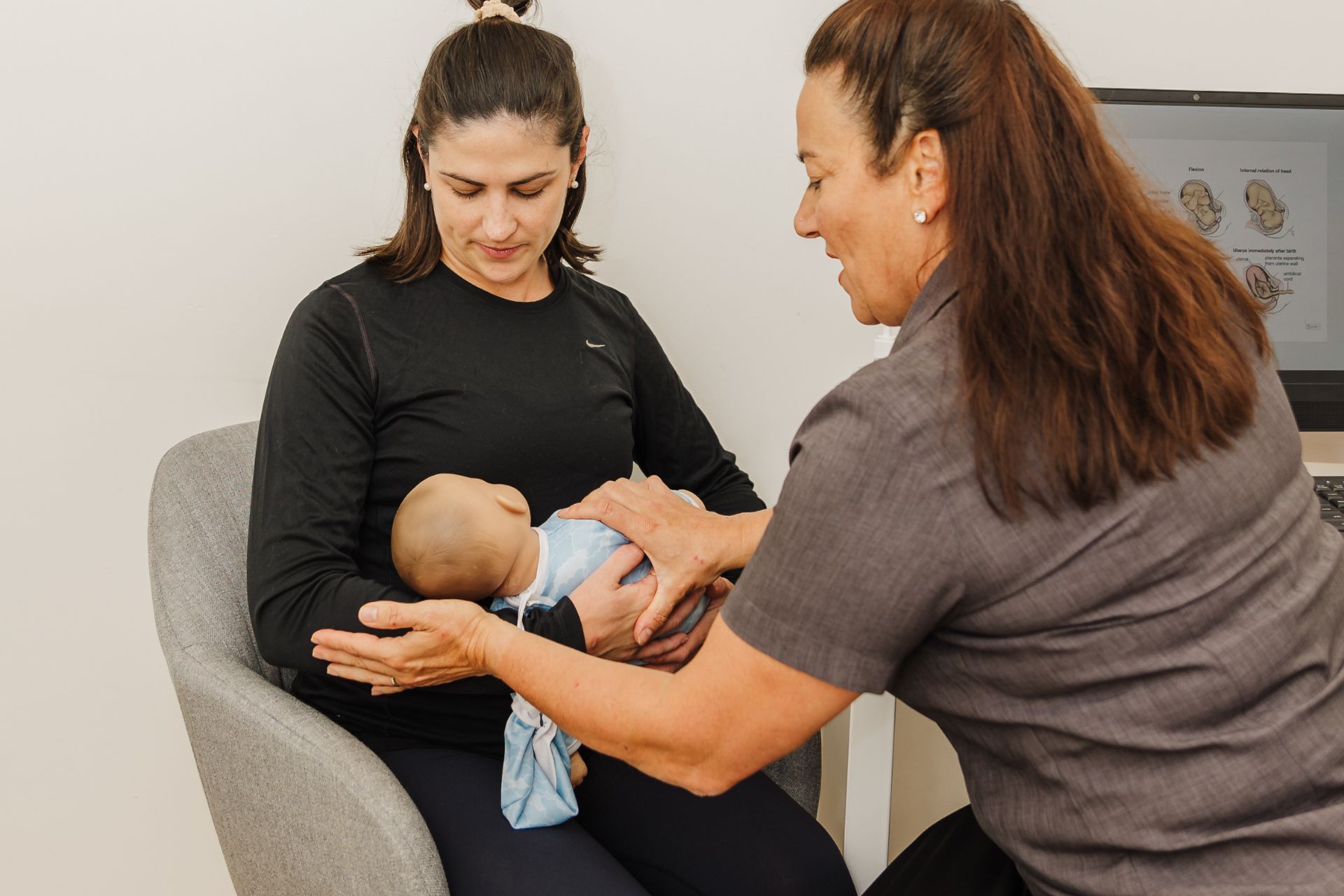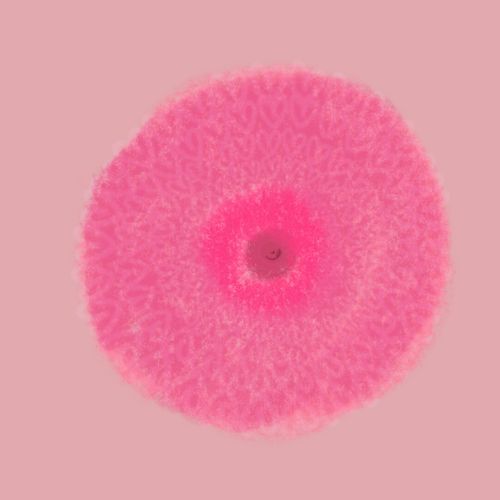New Mama's Health

New Mama's Health


What to expect after the birth of your baby?
Congratulations on the birth of your beautiful new baby!
You have delivered a baby into the world and now you, as a new mum need care and attention to help you recover, both physically and emotionally from your pregnancy and birth journey.
Signs and symptoms?
- Do you have sore, red and inflamed breasts due to breastfeeding or mastitis (inflammation of the milk ducts)?
- Do you need advice on your C-section scar healing?
- Are you experiencing increased stomach muscle separation (DRAM)?
- Do you need advice on when you should return to exercise?
- Is your bladder or bowel function not returning to normal?
- Are you experiencing pain and changes in your feet or your thumbs?
Common health concerns new mama's experience?
- Sore, red and inflamed breasts or nipples related to breastfeeding or mastitis
- C-section scars and wound care
- Back, sacroiliac joint, pubic symphysis, coccyx, neck and wrist pain
- Stomach muscle separation (DRAM)
- Pelvic floor muscle weakness/overactivity
- Fatigue/lack of sleep, anxiety, mood changes and depression

How can we help?
Physiotherapy for a new mama's body recovery?
Physiotherapy treatments for new mums may include:
- Breast and nipple care and treatments for mastitis include massage, therapeutic ultrasound and/or laser therapy.
- Strategies on how to get enough sleep and support for any mood concerns
- C-scar wound management to promote healing using ultrasound, massage and taping supports
- Stomach checks for muscle stretching and abdominal muscle recovery
- Treatment and advice on exercises for back, neck, sacroiliac joint, pubic symphysis, coccyx, hip and wrist pain
- Pelvic floor muscle and vulval skin assessment and rehabilitation program
- Advice on compression garments to assist healing after birth
- Safe return to exercise with an individualised program developed for you
Our team can assist with a postnatal assessment and provide advice and treatment for any concerns you may have.
Related Blogs



More Information
Find out more about New Mama Health

03 9325 1511
info@pelvichealth.melbourne
ABOUT US
While you don’t talk about pelvic health every day, we do. Our team of specialised physiotherapists are highly skilled and more importantly, have the emotional intelligence to help you through whatever challenges you’re facing. Talk to us today.
ABOUT US
While you don’t talk about pelvic health every day, we do!
Our team of pelvic health therapists are passionate about helping you through whatever challenges you’re facing. Talk to us today.

We acknowledge the Traditional Owners of the land where we work and live, the Bunurong and Wurundjeri peoples of the Kulin Nation and pay our respects to Elders past and present. We celebrate the stories, culture and traditions of Aboriginal and Torres Strait Islander Elders of all communities who also work and live on this land.











